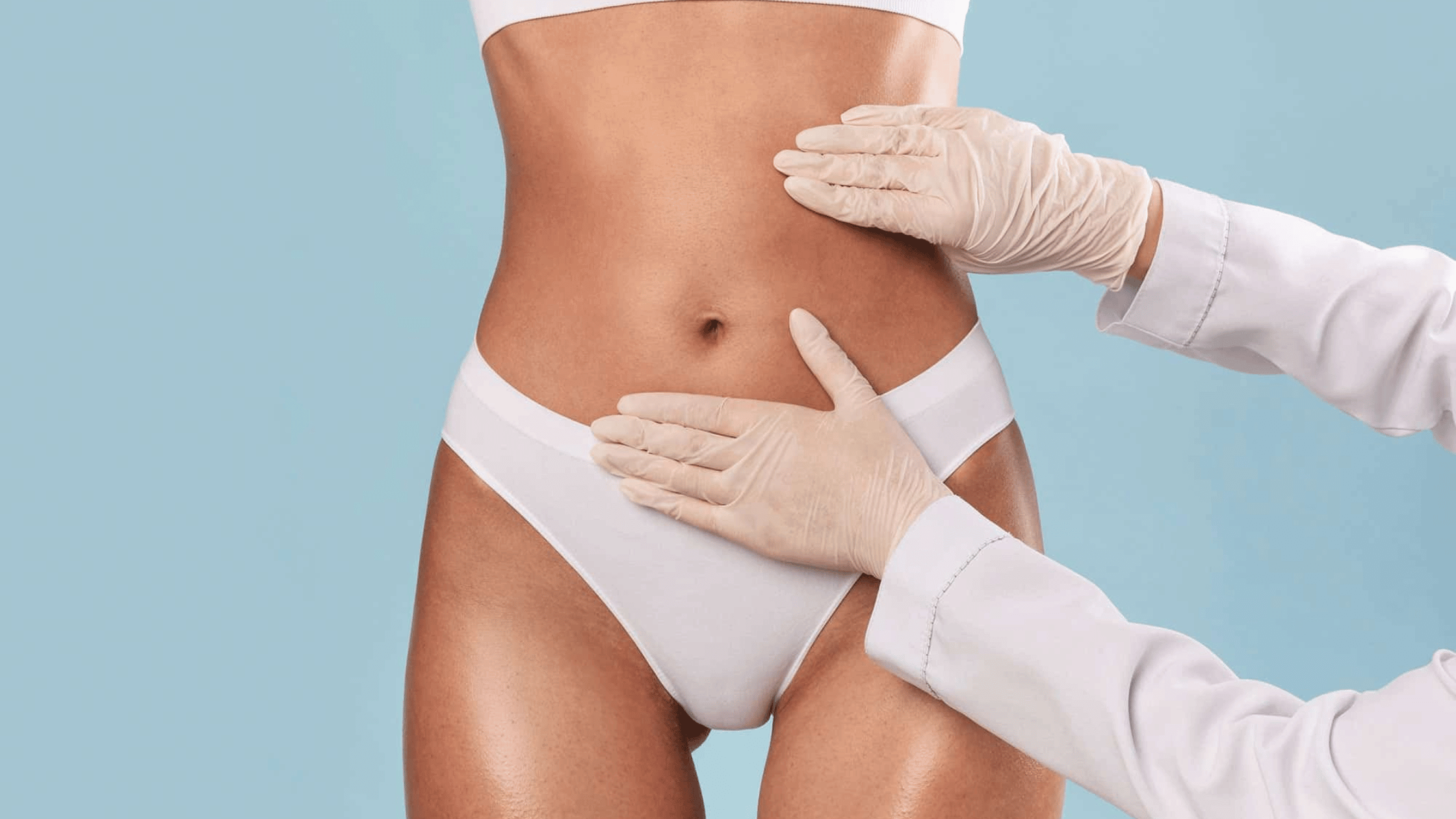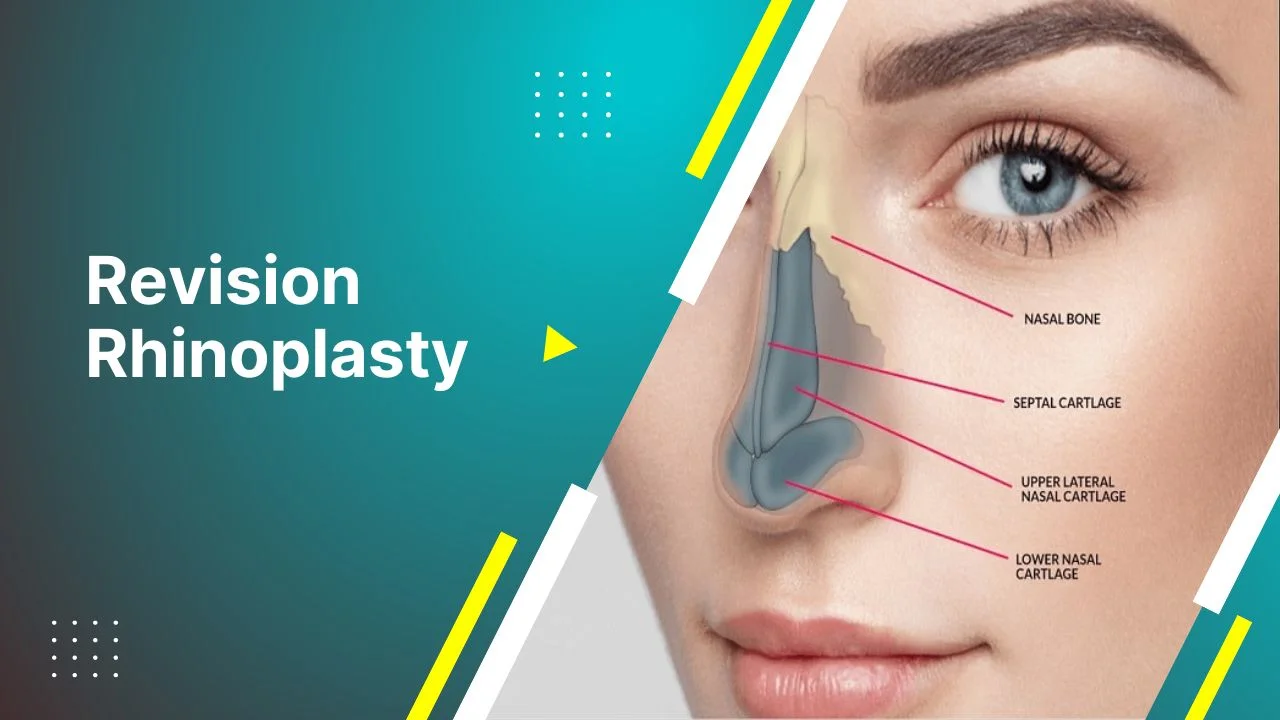Liposuction is a popular cosmetic procedure that helps eliminate stubborn belly fat, offering patients a slimmer and more contoured appearance. However, many people wonder whether the fat can regenerate after liposuction, particularly in the abdominal area. While liposuction permanently removes fat cells from the treated area, it does not prevent new fat from accumulating elsewhere in the body if proper lifestyle habits are not maintained. In this blog post, we will explore whether belly fat can regenerate after liposuction, what factors influence fat redistribution, and how to maintain the results of your procedure. Understanding these aspects will help you make informed decisions and ensure long-lasting results from your liposuction treatment.
What is Liposuction? Expectations After the Procedure
Liposuction is a surgical procedure designed to remove excess fat deposits from specific areas of the body, including the abdomen, thighs, arms, and hips, to improve body contours and enhance appearance. It is not a weight-loss solution, but rather a body sculpting technique to target localized fat that doesn’t respond to diet and exercise. The procedure involves making small incisions in the targeted areas, through which a thin tube (cannula) is inserted to suction out fat.
After the procedure, patients can expect some swelling, bruising, and discomfort in the treated areas, which usually subside within a few weeks. The results of liposuction are generally noticeable after the swelling goes down, typically within 1 to 2 months. While the fat cells that are removed do not regenerate, it’s important to maintain a healthy lifestyle to avoid gaining new fat in other areas. Following post-operative care instructions and attending follow-up appointments are crucial for ensuring optimal results and avoiding complications. Ultimately, liposuction offers long-term body contouring benefits, provided the patient stays committed to maintaining a stable weight and healthy habits.
Regeneration Process of Fat Cells: After Liposuction
After liposuction, the fat cells in the treated areas are permanently removed, meaning they do not regenerate. However, it’s important to note that liposuction does not prevent the body from gaining fat in other areas. If a person does not maintain a healthy diet and exercise routine, the remaining fat cells in untreated areas can enlarge, potentially leading to weight gain.
The body has a fixed number of fat cells, and while liposuction eliminates some of them, the remaining fat cells still have the ability to store fat. If weight gain occurs after the procedure, fat may accumulate in areas that were not treated, and the contour of the body could change.
To maintain the results of liposuction, it is essential to adopt a sustainable, healthy lifestyle that includes regular physical activity and a balanced diet. This helps prevent the enlargement of the remaining fat cells and ensures that the effects of the liposuction procedure last long-term.
Diet and Exercise: Preventing Belly Fat Regrowth
After liposuction, maintaining a healthy diet and regular exercise routine is crucial to prevent belly fat from regrowing. While liposuction permanently removes fat cells from the treated area, the remaining fat cells still have the ability to expand if weight is gained. Therefore, adopting a sustainable lifestyle can help preserve the results of the procedure and prevent the accumulation of new fat.
A balanced diet rich in whole foods—such as fruits, vegetables, lean proteins, and whole grains—can help manage weight and reduce the risk of fat regrowth. Limiting processed foods, sugars, and unhealthy fats is key to preventing excess calorie intake, which can lead to weight gain. Additionally, staying hydrated and eating smaller, more frequent meals can support metabolism and overall health.
Incorporating regular exercise into your routine is equally important. Cardio exercises like walking, running, or cycling, along with strength training, can help burn calories, build muscle, and increase metabolism. Focus on exercises that target the abdominal area, such as core exercises, to maintain a toned and firm midsection.
By following these diet and exercise guidelines, you can effectively prevent the regrowth of belly fat and enjoy long-lasting results from your liposuction procedure.
Liposuction Aftercare: Tips for Long Lasting Results
Proper aftercare is essential to ensure the best possible outcome and maintain the long-term results of your liposuction procedure. While liposuction effectively removes fat cells, following your surgeon’s aftercare instructions will help speed up the healing process, minimize complications, and preserve the newly contoured body shape.
Immediately after surgery, it’s important to rest and avoid any strenuous physical activity for at least 1 to 2 weeks. Wearing compression garments as recommended helps reduce swelling, supports the treated areas, and helps the skin conform to its new shape. You may experience swelling, bruising, and mild discomfort, but these are temporary and should subside in a few weeks.
Staying hydrated and eating a nutritious diet rich in vitamins, minerals, and protein will support your body’s healing process. Avoid alcohol, smoking, and excessive salt, as they can interfere with recovery. It’s also crucial to follow a gradual exercise routine as your body heals, starting with light walking and progressing to more intense activities once your doctor gives the green light.
To maintain your liposuction results, it’s vital to adopt a healthy lifestyle that includes regular physical activity and a balanced diet. Gaining weight after liposuction can lead to the expansion of remaining fat cells, which could affect the contour of your body. By sticking to a healthy routine and following proper aftercare, you can enjoy the lasting benefits of your liposuction procedure.






